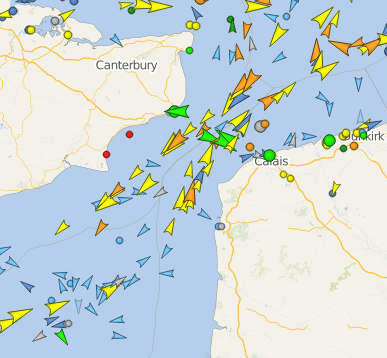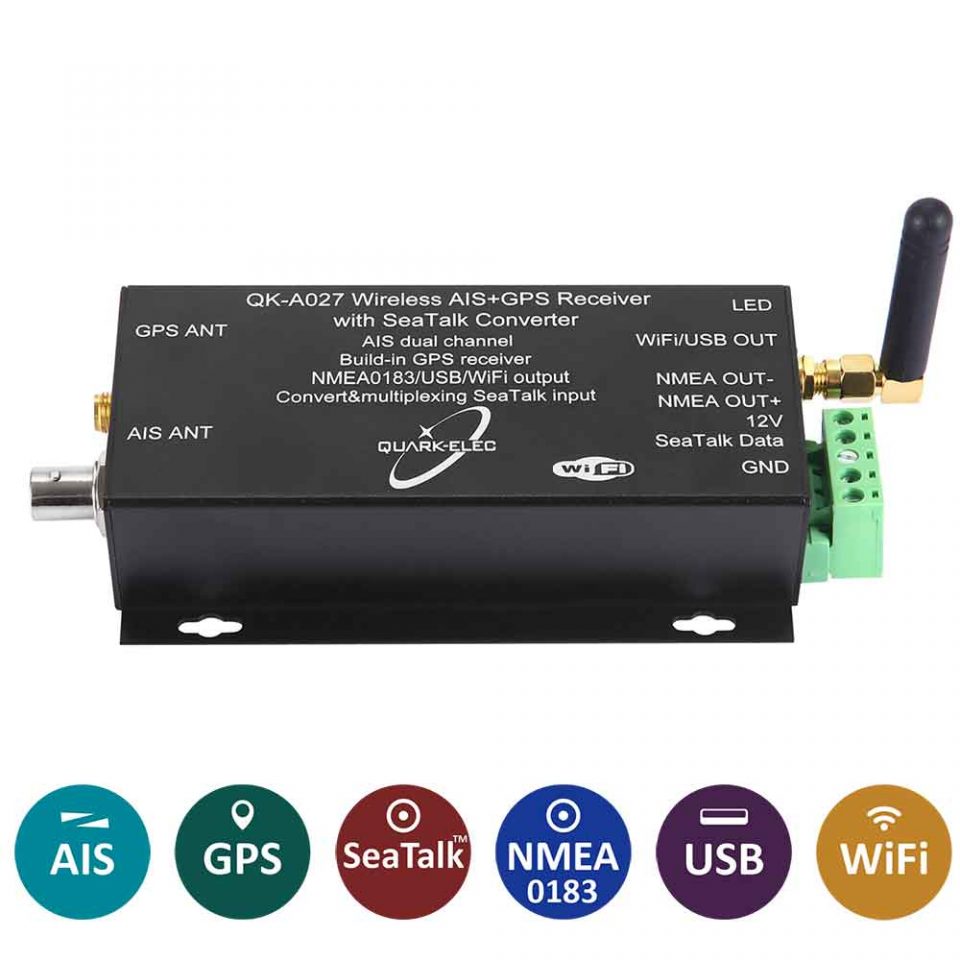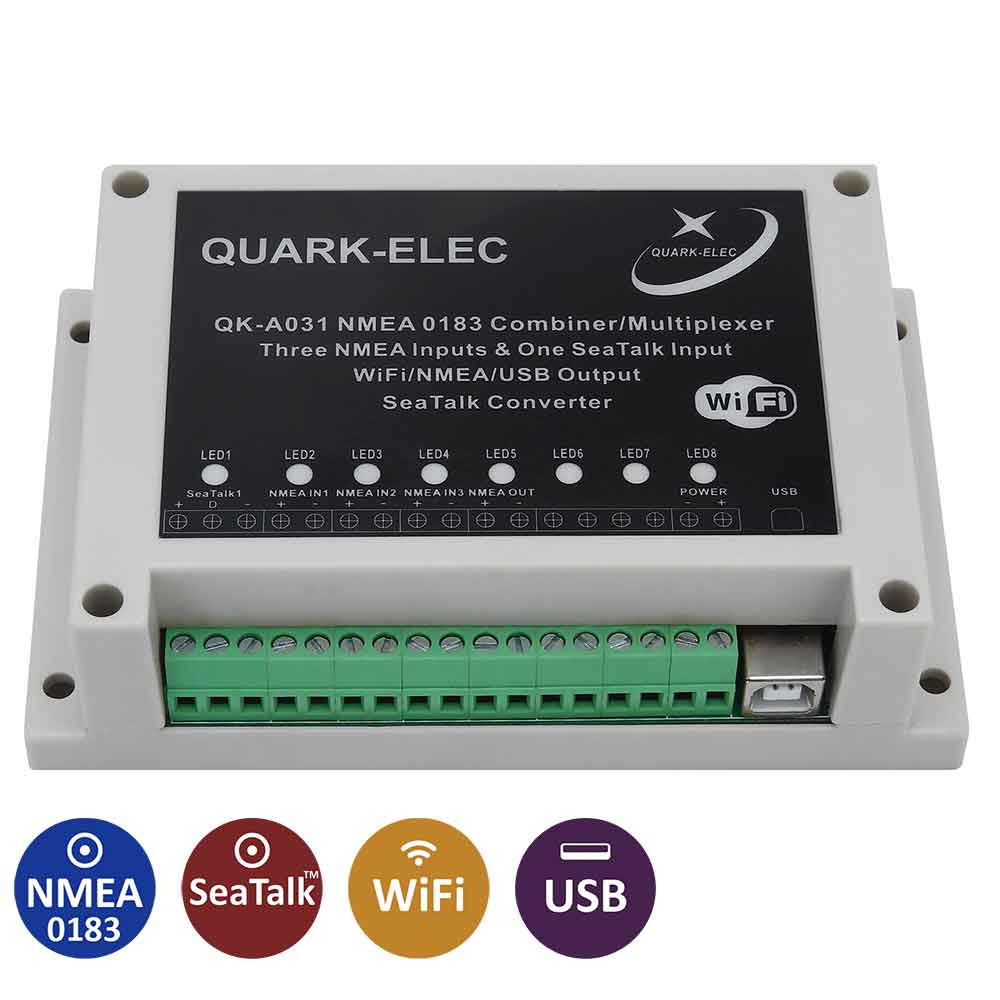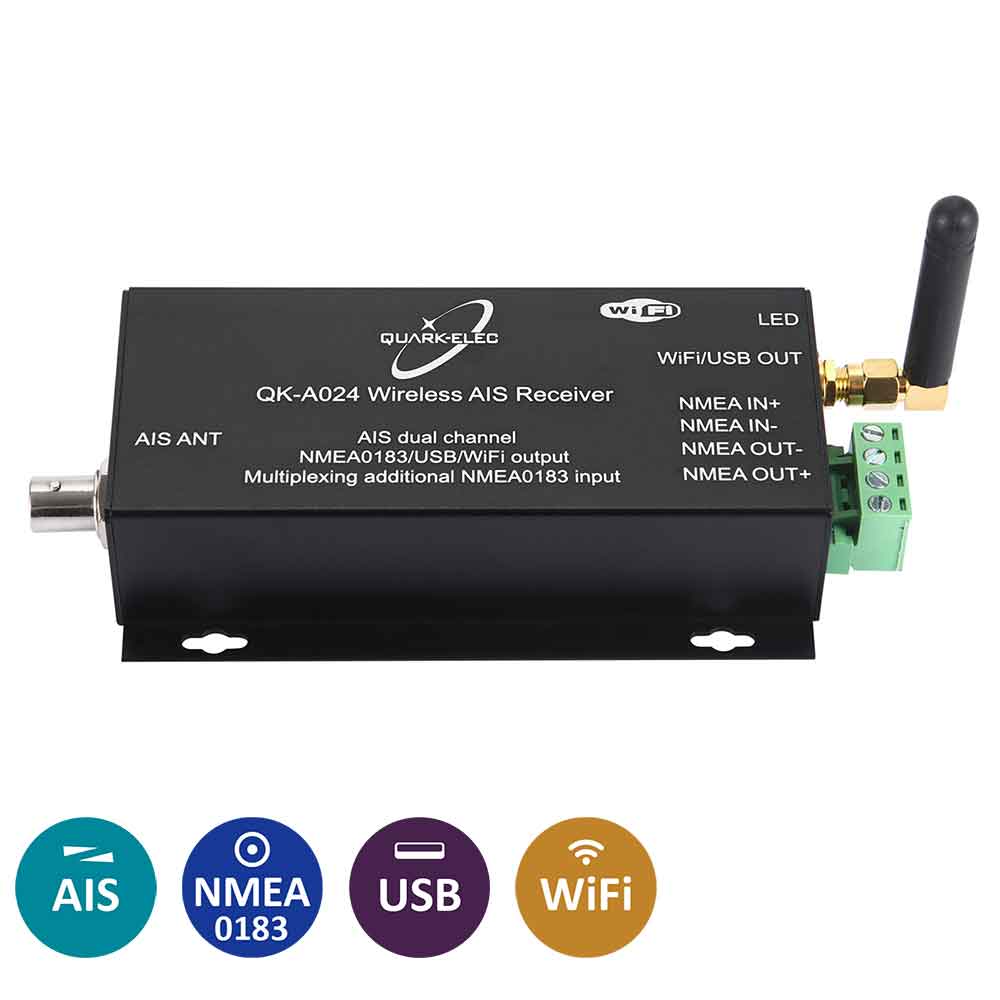One of the questions we get asked most often is
‘What’s the best way to get maximum AIS reception?’
The picture below shows a summary of key factors to focus on, or for the full guide read on below..

.
Tip 1 – Place your aerial in a high spot
AIS signals travel in a straight line and the range will be limited by the curvature of the earth.
The higher the aerial is placed above sea level the further it will see.
A simple rule of thumb for calculating the range of an aerial is the square root of its height above sea-level in feet in NMs.
So an aerial at 25′ will have a range of 5NM.
Please note..
The figure above is based on a straight line calculation and with AIS distance you could well spot boats further away based on weather conditions and obstacles.
But if you want to work out the range that you can pick up targets then all you do is to
- Combine the range of your aerial
- With that of the target.
.
So for example if both you and the other boat have aerials that are 25′ high then the range will be just over 10NM. (5NM + 5NM)
Or if you prefer metric, take the square root of the height above sea level in meters and then double it to get range in NM. e.g. 9m gives approx 6NM range. An AIS aerial mounted at deck/guard rail level will only see large ships to about 8NM out! (There is a more detailed explanation at http://www.literasea.ca/radar-horizon.html
.
Tip 2 – Use a dedicated Aerial
Many boat owners will use one aerial for radio reception and then a splitter to also connect an AIS receiver.
This works well in most cases, but if you want to get the maximum possible AIS reception then you will get better results with a dedicated aerial (which might even work out cheaper than buying a splitter)
Reception on your boat is affected in the same way as for example TV or Radio Reception at home – where official organisations recommend not to use a splitter as it will reduce the quality of your reception. (for example the http://www.digitaluk.co.uk/reception_guide)
Place them a good distance apart
If you have 2 aerials (for example one for radio and one for AIS reception) then ideally you should place them some distance apart. For example we usually recommend placing the aerials at least 4m apart. Which if you have a sail boat might be difficult – as the ideal place is often top of the mast.
We have focused (so far) on distance – but for safety it is often the boats close to you that are often more important then those far away. Which is why (in many cases) it might be worth sacrificing distance by placing your AIS receiver as high up on your deck as possible, and putting the radio aerial top of your mast.
In addition this might also be of benefit as your aerial cable will be shorter. Which brings us to tip 3:
.
Tip 3 – Keep your Coax Cable as short as possible

Yes, the quality of cables you use to connect your devices (radio, aerial, AIS receivers, etc.) will make a big difference on the quality of the signal.
But the key to realise is that the shorter the cable, the better the results you will get. For example for the following cable length (based on an RG-58 type cable) you might lose the following
- 6 m – lose 1.2 dB
- 12 m – lose 2.4 dB
- 18 m – lose 3.6 dB
- 24 m – lose 4.9 dB
- etc., etc.
.
A key item to focus on is that the better the quality of the cable the less signal you will lose. (which is why we usually recommend an RG 213 type cable)
But for example the figures above might not sound like a lot but when we did a test in Dover last year to test the impact a reduction in an AIS signal can have.
We found that even a 2% drop in signal resulted in not being able to spot 23 % of other vessels.
In addition – Use the right aerial cable.
Did you know that simply using an adaptor to connect your aerial to your AIS receiver you will lose 1 dB?
For example if you use a receiver like the QK-A026 (details lower down) use an aerial that has a cable with a BNC type connection. That way you will not lose signal and maximise your AIS signal.
Linked to this..
Which brings us to tip 4:
.

Tip 4 – Shorten your Coax Cable and use WiFi
As you might have seen from our marine products, nearly all of them use WiFi to transmit the AIS messages.
The simple reason is that you will get maximum AIS receiver results if you place your AIS receiver as ‘close as possible’ to your aerial.
It is a lot easier (& probably more convenient) and means you can access the information on your mobile phone or laptop anywhere on your boat.
.
But why is this important ?
The key advantage of using WiFi is that you will not only get maximum AIS reception but will also be able to get the AIS information as quickly as possible.
In 2015 in the US alone there were a total of 990 collisions between boats, we don’t have UK figures but given how busy places like the English Channel are – safety has to be uppermost in most boaters minds.

Tip 5 – Use GPS Data
OK, it might not be directly relevant to boosting AIS reception. But a key consideration of your AIS data will be how it links in with your boats GPS position.
Quite simply your AIS reception has to be linked to your boat – so that when you access the information on your chartplotter, laptop or mobile phone you will know exactly where you are in relation to the other objects.
Which brings us why we designed our range of AIS receivers.
Have a look at the QK-A026

Click Here to Order online or Click Here for a Map to find a local Distributor
Our most popular AIS Receiver & Multiplexer solutions
QK-A026 AIS Receiver with NMEA Multiplexer + WiFi + GPS
$197.16 ($164.30 excl. VAT)
QK-A027 Wireless AIS Receiver with GPS + SeaTalk Converter
$205.38 ($171.15 excl. VAT)
QK-A031 NMEA 0183 Multiplexer with SeaTalk Converter
$161.01 ($134.18 excl. VAT)
QK-A024 AIS Receiver with NMEA Multiplexer + WiFi
$159.37 ($132.81 excl. VAT)
.



